Can You Prune An Overgrown Juniper – Tips For Overgrown Juniper Pruning
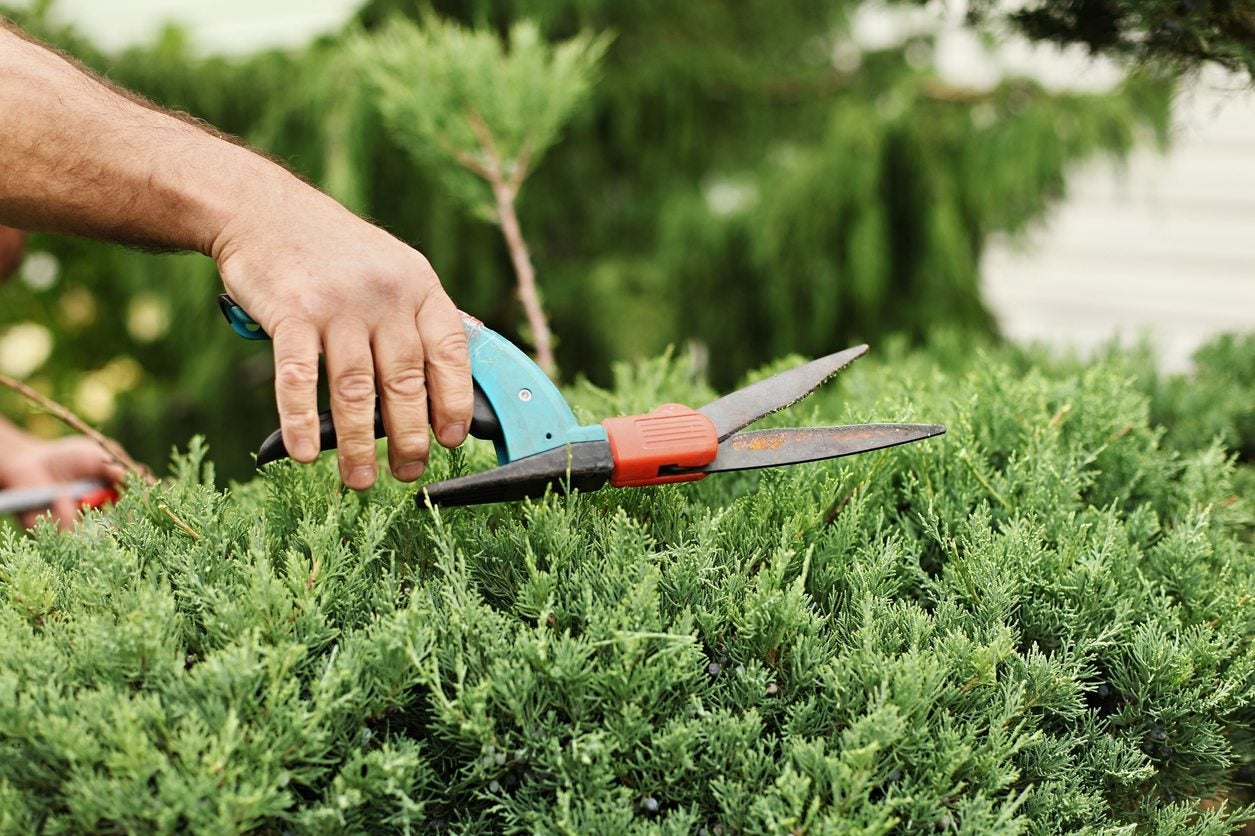

Juniper shrubs and trees are a great asset to landscaping. They can grow tall and eye catching, or they can stay low and shaped into hedges and walls. They can even be formed into topiaries. Sometimes, though, like the best things in life, they get away from us. What was once a smart shrub is now a wild, overgrown monster. So, what can you do with a juniper that’s gotten out of hand? Keep reading to learn more about how to prune an overgrown juniper.
Pruning Unruly Junipers
Can you prune an overgrown juniper? Unfortunately, the answer to this question isn’t a definite yes. Juniper trees and bushes have something called a dead zone. This is a space toward the center of the plant that doesn’t produce new leafy growth. As the plant gets bigger and thicker, sunlight is unable to reach its interior, and the leaves in that space fall off. This is completely natural, and actually the sign of a healthy plant. Sadly, it’s bad news for pruning. If you cut back a branch below the leaves and into this dead zone, no new leaves will grow from it. This means that your juniper can never be pruned smaller than the border of its dead zone. If you keep up with pruning and shaping as the tree or shrub grows, you can keep it compact and healthy. If you try to attempt overgrown juniper pruning, you may discover that you just can’t get the plant down to a size that’s acceptable. If this is the case, the only thing to do is remove the plant and start again with a new one.
How to Prune an Overgrown Juniper
While overgrown juniper pruning has its limits, it is possible to trim your plant down to a more manageable shape. One good place to start is the removal of any dead or leafless branches-- these can be cut off at the trunk. You can also remove any branches that are overlapping or sticking out too far. This will give the remaining healthy branches more room to fill out. Just remember-- if you cut a branch past its leaves, you should cut it off at its base. Otherwise, you’ll be left with a bare patch.
Gardening tips, videos, info and more delivered right to your inbox!
Sign up for the Gardening Know How newsletter today and receive a free copy of our e-book "How to Grow Delicious Tomatoes".

The only child of a horticulturist and an English teacher, Liz Baessler was destined to become a gardening editor. She has been with Gardening Know how since 2015, and a Senior Editor since 2020. She holds a BA in English from Brandeis University and an MA in English from the University of Geneva, Switzerland. After years of gardening in containers and community garden plots, she finally has a backyard of her own, which she is systematically filling with vegetables and flowers.
-
 Looking For Plants To Give You The Soft And Fuzzies? Try These 5 Fuzzy Leaf Plant Options
Looking For Plants To Give You The Soft And Fuzzies? Try These 5 Fuzzy Leaf Plant OptionsLovers of texture, drama, silver foliage and tactile plants will adore these special sensory garden additions. These fuzzy leaf plant options will leave you all aglow
By Susan Albert
-
 Get Ready For A Summer Of Hummers! Grow These Full Sun Hummingbird Plants and Flowers
Get Ready For A Summer Of Hummers! Grow These Full Sun Hummingbird Plants and FlowersIf you’re lucky enough to enjoy a sunny backyard, make sure you are maxing out on your pollinator opportunities and grow these full sun hummingbird plants and flowers
By Tonya Barnett
-
 How To Grow A Potted Juniper: Caring For Juniper Trees In Containers
How To Grow A Potted Juniper: Caring For Juniper Trees In ContainersSmall juniper trees grow well in containers. Click here for information on how to care for potted junipers.
By Teo Spengler
-
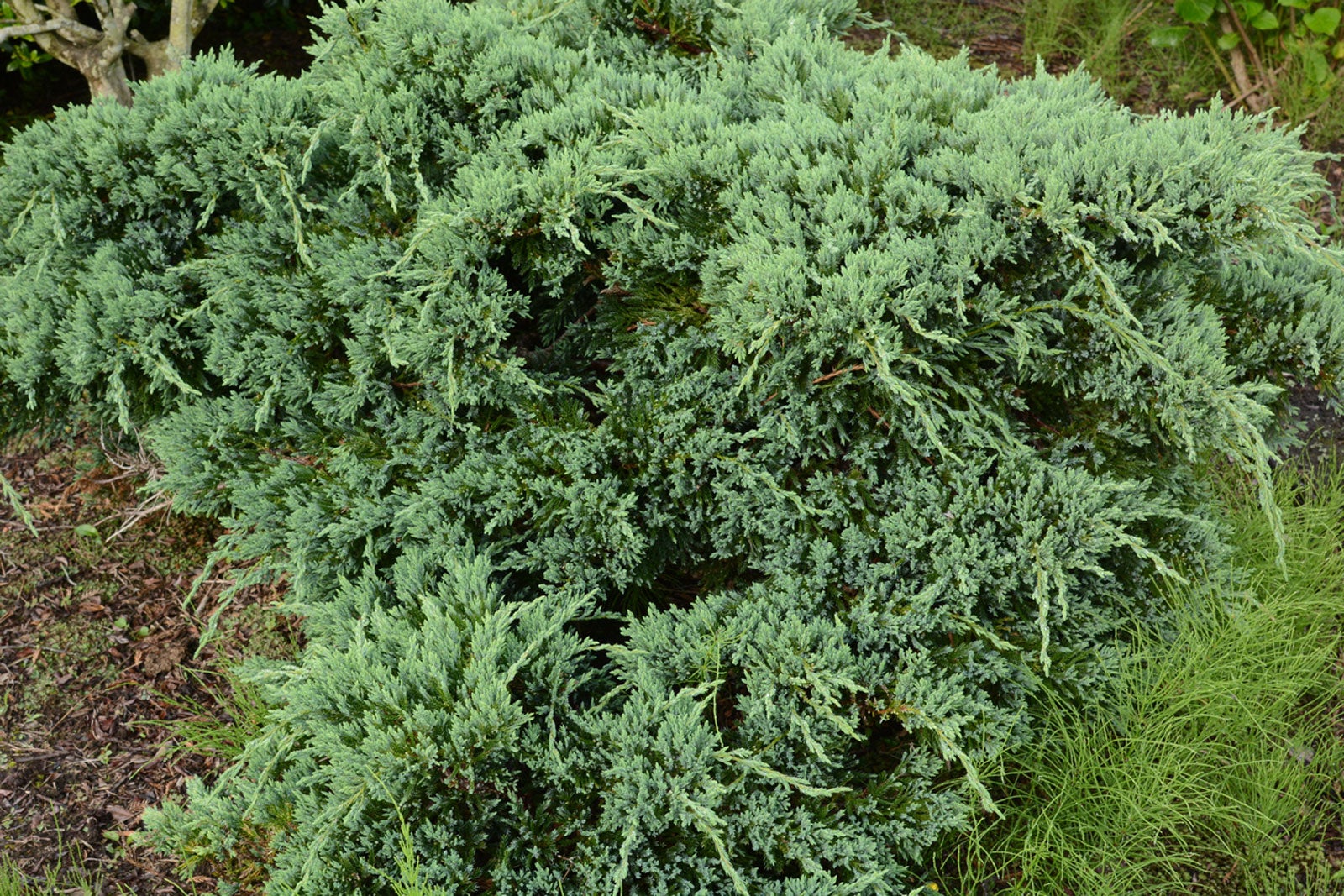 Japanese Juniper Care – How To Grow A Japanese Juniper Plant
Japanese Juniper Care – How To Grow A Japanese Juniper PlantIf you want a "set and forget" type of plant, Japanese juniper care is minimal and easy once established. For more information about this shrub of low heights and how to grow it in your garden, click the following article.
By Bonnie L. Grant
-
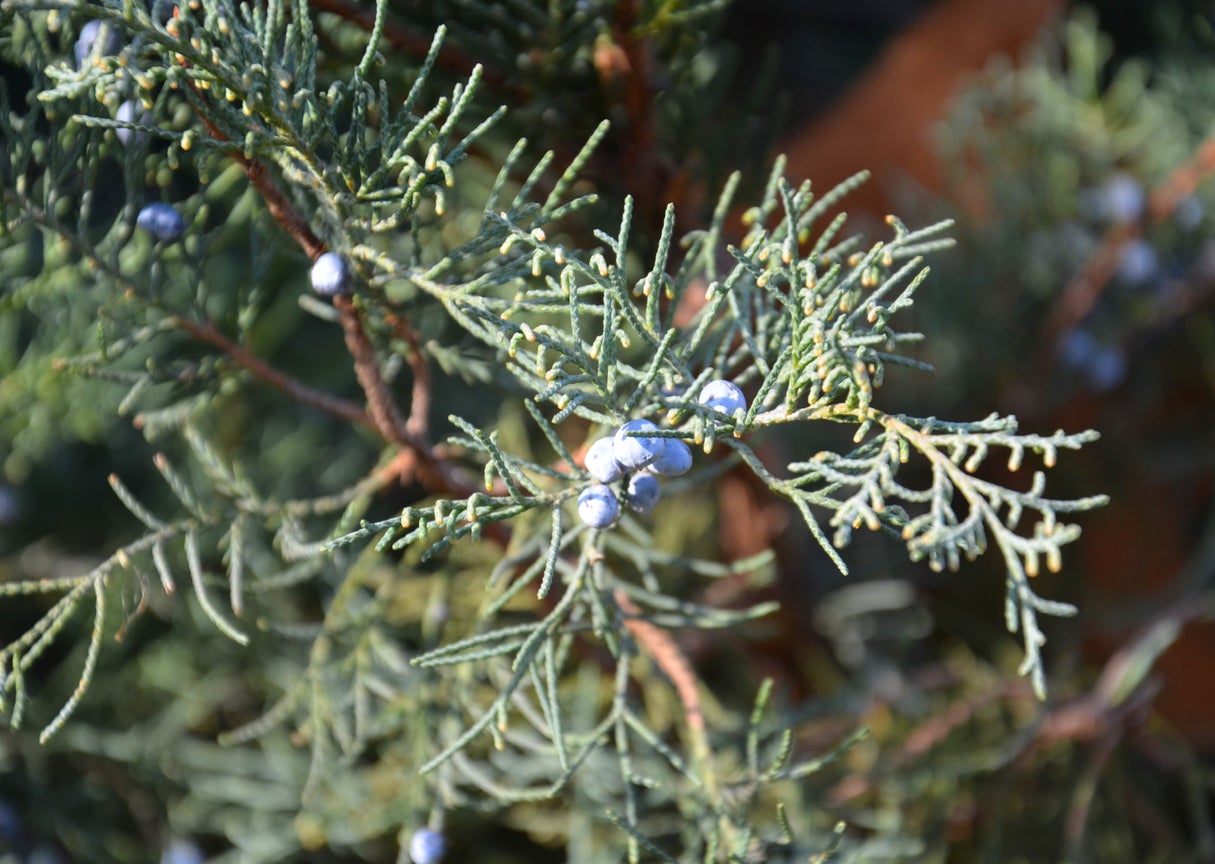 Mountain Cedar Information: Is Mountain Cedar Pollen Causing You Problems
Mountain Cedar Information: Is Mountain Cedar Pollen Causing You ProblemsMountain cedar is a tree with a common name full of contradictions. The tree is not a cedar at all, and its native range is central Texas, not known for its mountains. In fact, trees called mountain cedar are actually ashe juniper trees. Click here to learn more.
By Teo Spengler
-
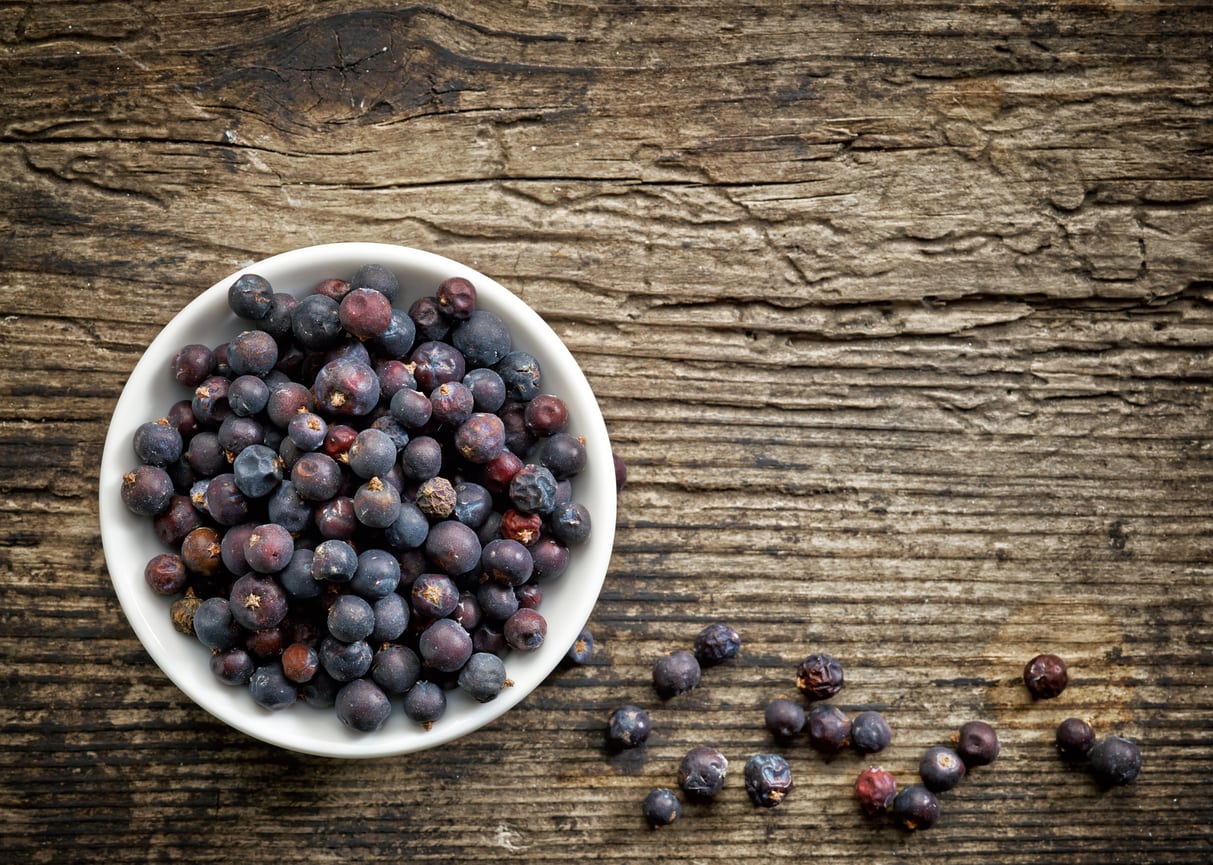 Are All Juniper Berries Edible – Is It Safe To Eat Juniper Berries
Are All Juniper Berries Edible – Is It Safe To Eat Juniper BerriesJuniper berries have been used as a strong flavoring for wine, mead, and other alcoholic beverages, as well as a spice for meats, stews, sauerkraut, and other dishes. Upon reading this, you may be wondering are all juniper berries edible? Click here for that answer.
By Darcy Larum
-
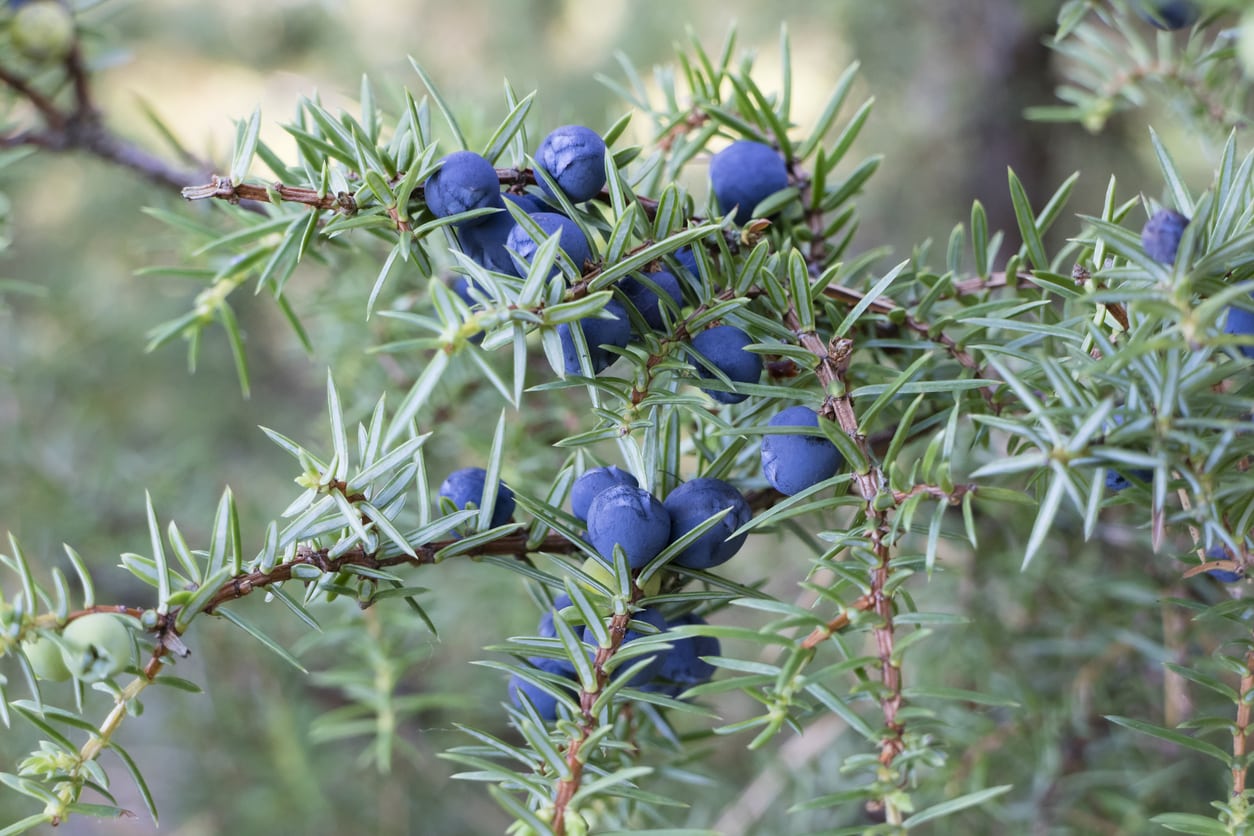 Juniper Berry Uses – What To Do With Juniper Berries
Juniper Berry Uses – What To Do With Juniper BerriesGiven that they are prolific and the fruit looks so much like a berry, the natural question is ‘can you eat juniper berries?” If so, what do you do with juniper berries? Click on the following article to find out how to use juniper berries along with some useful juniper berry recipes.
By Amy Grant
-
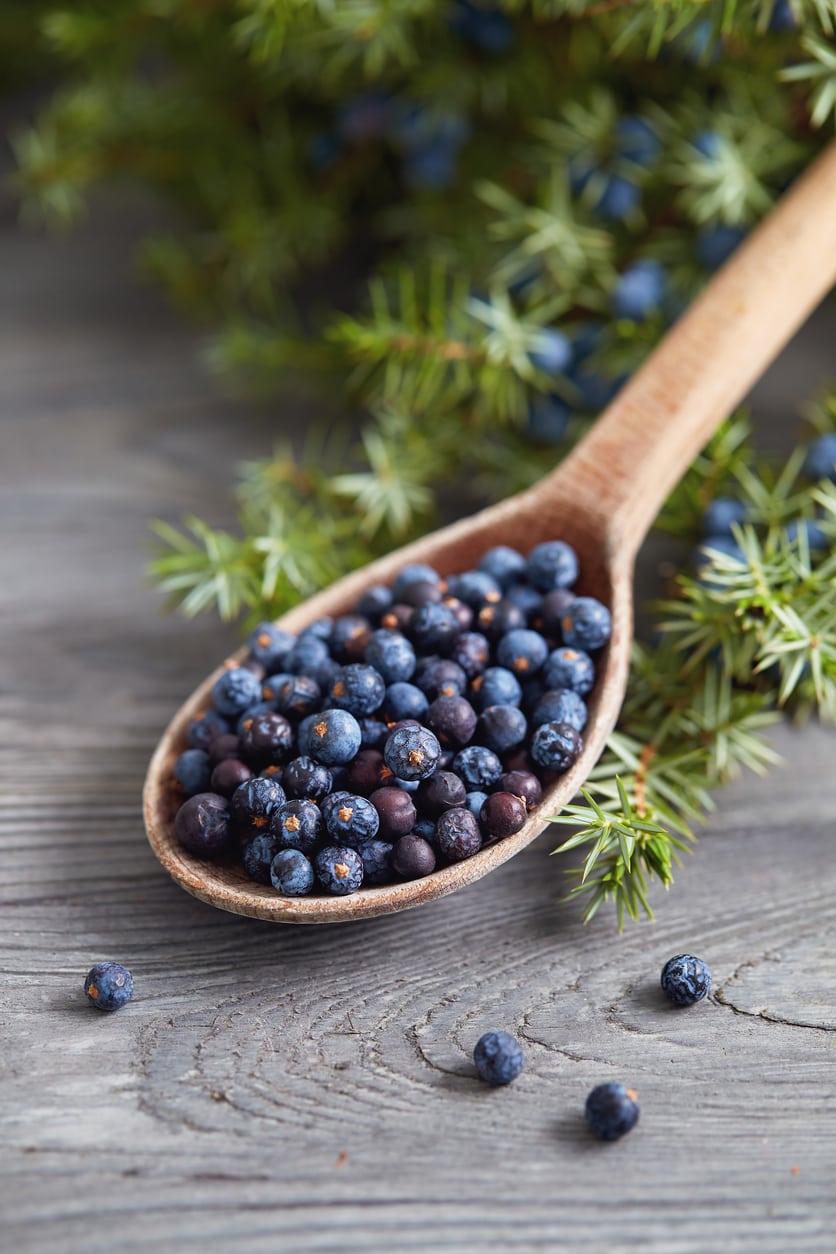 Juniper Berry Harvest Tips: How To Pick Juniper Berries
Juniper Berry Harvest Tips: How To Pick Juniper BerriesMany junipers produce berries that are toxic and inedible, but Juniperus communis berries are edible! Safe, aromatic and interesting, learn how to know which ones are safe how to harvest them.
By Bonnie L. Grant
-
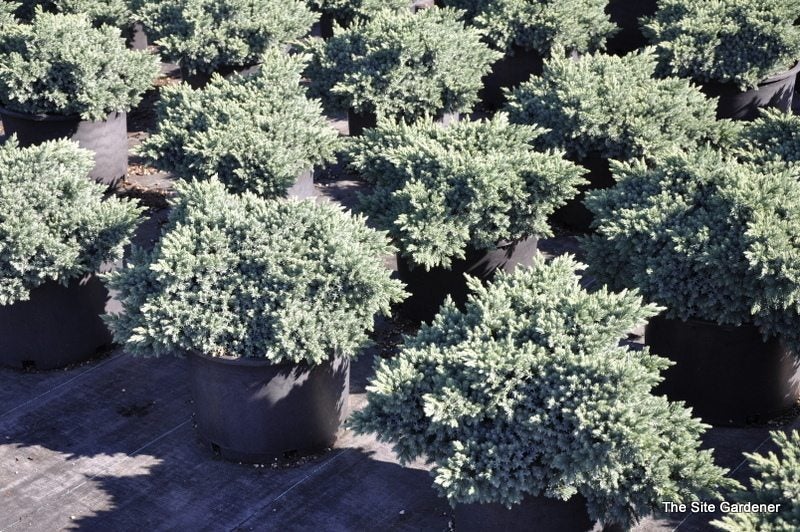 Growing Juniper ‘Blue Star’ – Learn About Blue Star Juniper Plants
Growing Juniper ‘Blue Star’ – Learn About Blue Star Juniper PlantsWith a name like "Blue Star," this juniper sounds as American as apple pie but, in fact, it is native to Afghanistan, the Himalayas, and western China. Gardeners love Blue Star for its thick, starry, blue-green foliage and its graceful rounded habit. Learn more here.
By Teo Spengler
-
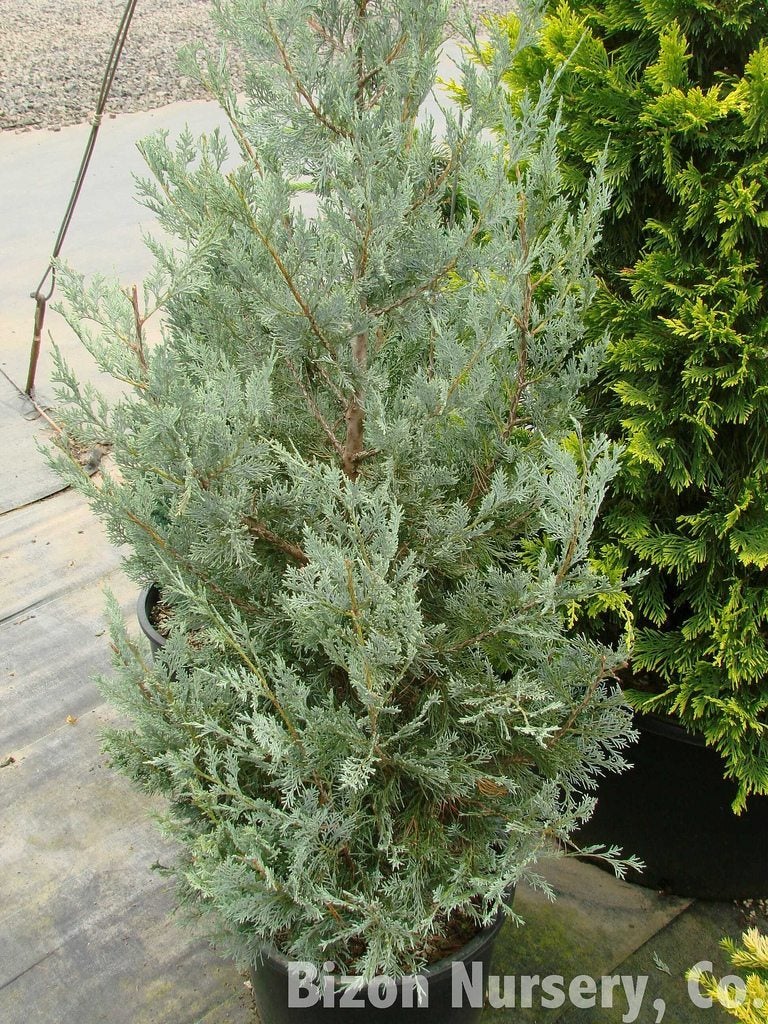 Wichita Blue Juniper Care: Tips For Growing Wichita Blue Junipers
Wichita Blue Juniper Care: Tips For Growing Wichita Blue JunipersWichita Blue juniper trees have an attractive broad-pyramid form that works well in a screen or hedge. With gorgeous silver-blue foliage all year long, these cultivars turn heads wherever they are planted. For more Wichita Blue juniper information, click here.
By Teo Spengler